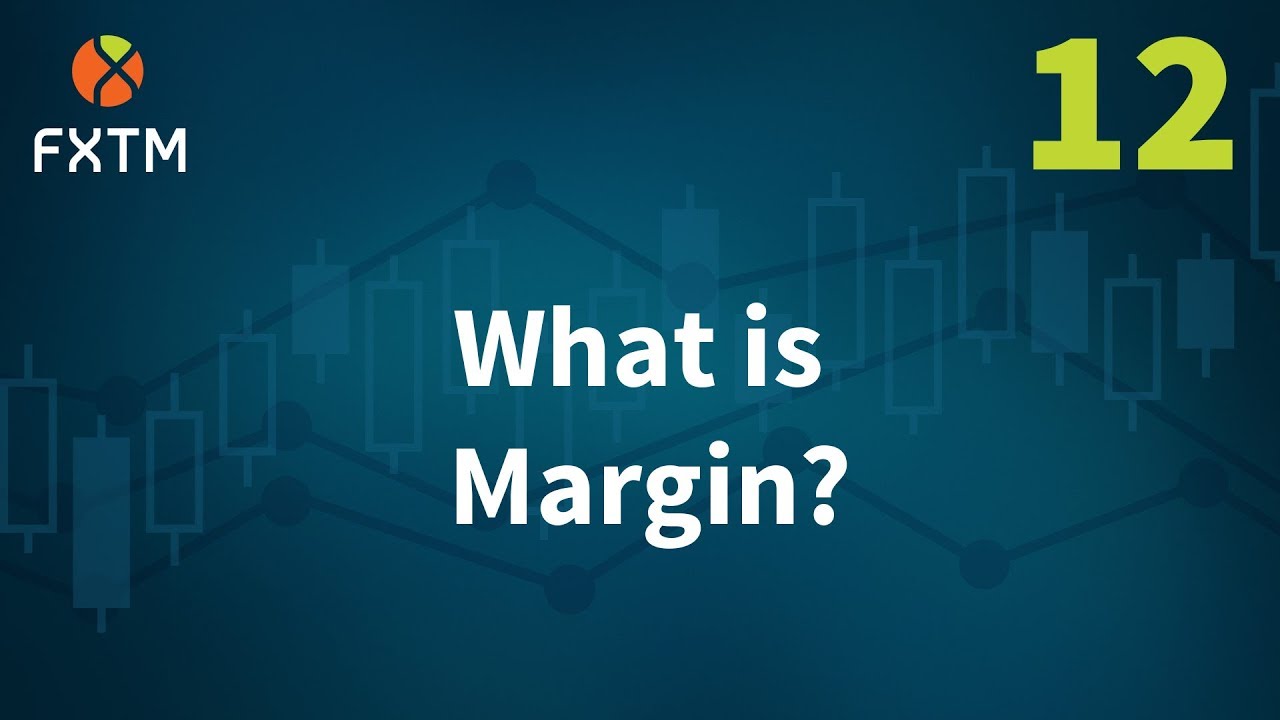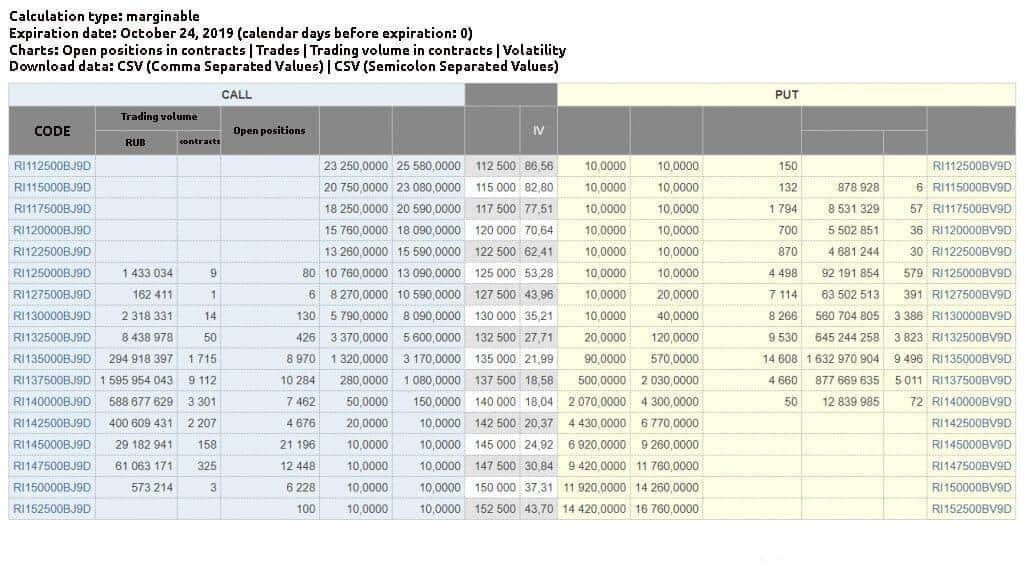
While there are many benefits to business-derived products, they also come with some risks. This article will talk about the risks involved with trading business derivatives and discuss some innovative derivative strategies. This financial instrument is often more profitable than stocks. We'll also cover the risks of legal uncertainty that may be associated with these types of transactions. This article's main goal is to inform investors about the risks associated with business derivative trading.
Benefits of business derivatives
Business derivatives help businesses manage risks. These instruments help businesses protect their investments from the fluctuating prices of commodities, currencies, and interest rates. Prices change every day, as do the key inputs into production. Businesses can reduce their exposure to these unpredictable tremors by utilizing derivatives. Hershey's uses derivatives to protect itself against fluctuations in the cocoa price. Southwest Airlines uses derivatives to hedge against volatile jet fuel prices.

The ability to manage risk and offset financial risks is a crucial benefit of business derivatives. They are used by economic agents to help them balance the risks of their investments. In this context, hedge refers to the ability to offset one type of risk by another. Multinational American companies that sell products in several countries can earn revenue in many currencies. A multinational American company loses money if foreign currencies fall. This can be avoided by the use of business derivatives. Futures contracts allow the company to exchange foreign currencies against dollars at a fixed exchange rate.
Trading derivatives business models carries risk
Trading business derivatives can present a range of risks. Because of the potential for increased derivatives concerns, CEOs need to ensure that they have sufficient authority and responsibility for their management. Companies should consider the reasons behind using derivatives. This should be linked to larger business objectives. The company's derivatives policy should outline the products, authorizations and approvals they will use. Also, the policy should define limits on credit and market exposure.
Agency risk is a lesser-known risk. This occurs when the agent has different goals from the principal. A derivative trader may act on behalf of a bank or multinational corporation. This could mean that the interests of the entire organization might be different from the interests and needs of each individual trader. Proctor and Gamble is an example of such a risk. Companies should limit the amount of money they lend to a single institution. Companies should be cautious when using derivatives.
Business derivative transactions: Legal uncertainty
A key part of any organization's risk management is managing legal uncertainty in business transactions. Legal risk can be due to jurisdictional, cross-border, insufficient documentation or financial institution's behavior, as well as uncertainty of law. To minimize legal risk in derivative transactions, a robust risk management culture is essential. This book focuses on three key elements of legal risk management. These are the management of reputational and financial risks, the formulation of formal risk management policies, and the implementation of a framework.

Creative derivatives reduce risk
Creative derivatives are a good choice for business operations. You can reduce risk by using innovative financial tools to hedge against market fluctuations, such as currency fluctuations, interest rates, and commodities. These market tremors can be devastating for many businesses. They have the option to use derivatives to safeguard themselves against unexpected price increases or decreases. Hershey's, for example, uses derivatives to safeguard its cocoa price. Southwest Airlines, which relies on jet fuel to fly its planes, uses derivatives to hedge against fluctuating prices of jet fuel.
FAQ
How are Share Prices Set?
Investors are seeking a return of their investment and set the share prices. They want to earn money for the company. So they purchase shares at a set price. Investors will earn more if the share prices rise. If the share value falls, the investor loses his money.
Investors are motivated to make as much as possible. They invest in companies to achieve this goal. They can make lots of money.
What Is a Stock Exchange?
Companies sell shares of their company on a stock market. This allows investors to purchase shares in the company. The market decides the share price. The market usually determines the price of the share based on what people will pay for it.
Companies can also get money from investors via the stock exchange. Investors give money to help companies grow. They buy shares in the company. Companies use their money as capital to expand and fund their businesses.
There are many kinds of shares that can be traded on a stock exchange. Some shares are known as ordinary shares. These are the most popular type of shares. Ordinary shares are bought and sold in the open market. Prices of shares are determined based on supply and demande.
Preferred shares and bonds are two types of shares. When dividends become due, preferred shares will be given preference over other shares. If a company issues bonds, they must repay them.
How do I choose an investment company that is good?
It is important to find one that charges low fees, provides high-quality administration, and offers a diverse portfolio. Commonly, fees are charged depending on the security that you hold in your account. Some companies don't charge fees to hold cash, while others charge a flat annual fee regardless of the amount that you deposit. Others may charge a percentage or your entire assets.
It's also worth checking out their performance record. Poor track records may mean that a company is not suitable for you. Avoid companies that have low net asset valuation (NAV) or high volatility NAVs.
Finally, it is important to review their investment philosophy. Investment companies should be prepared to take on more risk in order to earn higher returns. If they aren't willing to take risk, they may not meet your expectations.
Statistics
- Our focus on Main Street investors reflects the fact that American households own $38 trillion worth of equities, more than 59 percent of the U.S. equity market either directly or indirectly through mutual funds, retirement accounts, and other investments. (sec.gov)
- Ratchet down that 10% if you don't yet have a healthy emergency fund and 10% to 15% of your income funneled into a retirement savings account. (nerdwallet.com)
- Even if you find talent for trading stocks, allocating more than 10% of your portfolio to an individual stock can expose your savings to too much volatility. (nerdwallet.com)
- US resident who opens a new IBKR Pro individual or joint account receives a 0.25% rate reduction on margin loans. (nerdwallet.com)
External Links
How To
How do I invest in bonds
An investment fund, also known as a bond, is required to be purchased. Although the interest rates are very low, they will pay you back in regular installments. You can earn money over time with these interest rates.
There are several ways to invest in bonds:
-
Directly buy individual bonds
-
Purchase of shares in a bond investment
-
Investing via a broker/bank
-
Investing through a financial institution
-
Investing in a pension.
-
Directly invest with a stockbroker
-
Investing with a mutual funds
-
Investing with a unit trust
-
Investing using a life assurance policy
-
Investing in a private capital fund
-
Investing in an index-linked investment fund
-
Investing through a hedge fund.